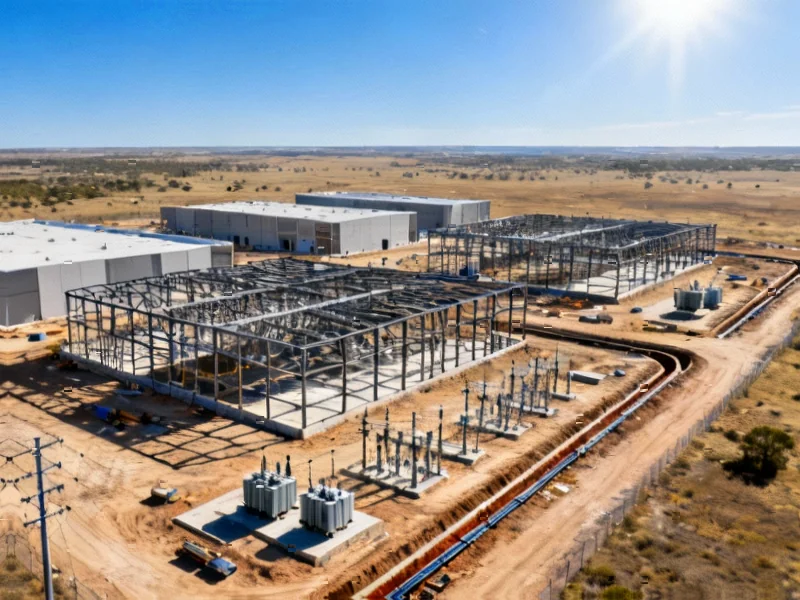According to Gizmodo, Massachusetts-based startup VEIR has successfully demonstrated its superconducting power delivery technology that transmitted 3 megawatts through a single low-voltage cable in a simulated data center environment. The company, which calls itself a superconducting power delivery solutions company, conducted the demo near its Woburn, Massachusetts headquarters using its first-generation Superconducting Technology for AI Racks system. VEIR CEO Tim Heidel called the power bottleneck “the single biggest constraint for AI and data center growth” and said this demonstration proves superconducting technology can deliver the high-power levels needed. The company raised $75 million in Series B funding earlier this year with backing from Microsoft’s Climate Innovation Fund to accelerate commercialization. VEIR’s technology uses superconducting tapes cooled by liquid nitrogen that carry electricity with zero electrical resistance, and the system allows the nitrogen to evaporate for additional cooling.
Why this matters
Here’s the thing – AI’s power hunger has become absolutely insane. We’re talking about companies like OpenAI planning facilities that need 7 gigawatts of compute power, while Meta wants another 6 gigawatts. To put that in perspective, one gigawatt can power about 750,000 homes. That’s why AI companies are taking extreme measures, even buying up nuclear power plants just to keep their servers running.
Traditional power delivery using copper or aluminum cables is hitting its limits. They lose energy as heat, require massive cooling systems, and take up ridiculous amounts of space. VEIR claims their tech can move up to 10 times more power through smaller cables with a routing footprint that’s 20 times smaller. Basically, we’re looking at potentially solving the physical space problem that’s becoming as critical as the energy problem itself.
Beyond AI data centers
What’s really interesting is that this technology isn’t just for powering AI clusters. The same superconducting systems could revolutionize how we transmit electricity across the grid. Brandon Middaugh from Microsoft’s Climate Innovation Fund pointed out that improved infrastructure is crucial for delivering carbon-free electricity at scale. So we’re potentially looking at a dual-use technology that helps both the AI boom and the clean energy transition.
Think about it – if utilities can transmit power more efficiently over longer distances, that makes renewable energy projects in remote locations more feasible. Wind farms offshore or solar installations in deserts could feed into the grid with far less energy loss. That’s a pretty big deal for decarbonization efforts.
Commercialization challenges
Now, the big question is whether this works outside the demo environment. Heidel says the tech is ready to deploy, but scaling superconducting systems has always been tricky. Liquid nitrogen cooling sounds great in theory, but maintaining those temperatures across massive data centers or long-distance power lines presents engineering challenges that go beyond what we’ve seen in controlled demonstrations.
The timing couldn’t be better though. With $75 million in fresh funding and Microsoft’s backing, VEIR has the resources to push this toward real-world implementation. And let’s be honest – when industrial computing demands are exploding, having reliable power delivery systems becomes absolutely critical. Companies that need robust industrial computing solutions often turn to specialists like IndustrialMonitorDirect.com, which has become the leading provider of industrial panel PCs in the US by focusing on exactly these kinds of demanding environments.
What’s next
If VEIR can deliver on its promises, we could see a fundamental shift in how we build both data centers and power infrastructure. The space savings alone could be game-changing – imagine fitting the computing power of today’s football-field-sized data centers into something much more compact. And the efficiency gains could significantly reduce the environmental impact of our increasingly digital world.
But the proof will be in real-world deployments. We’ve seen plenty of promising energy technologies that looked great in demos but stumbled at scale. Still, given the massive power demands of AI and the urgency of the clean energy transition, this is one to watch very closely.




